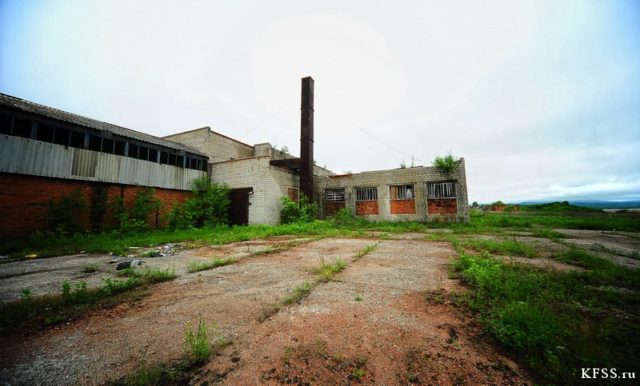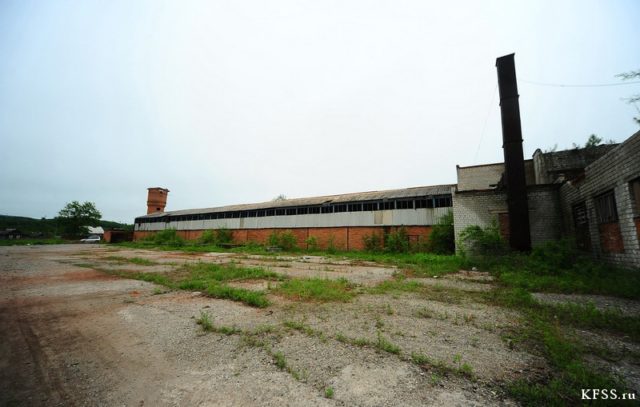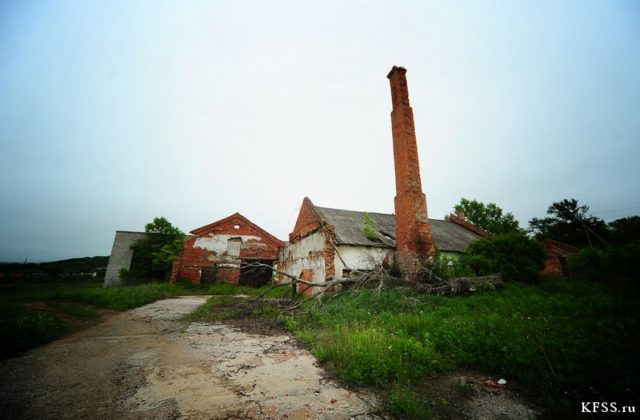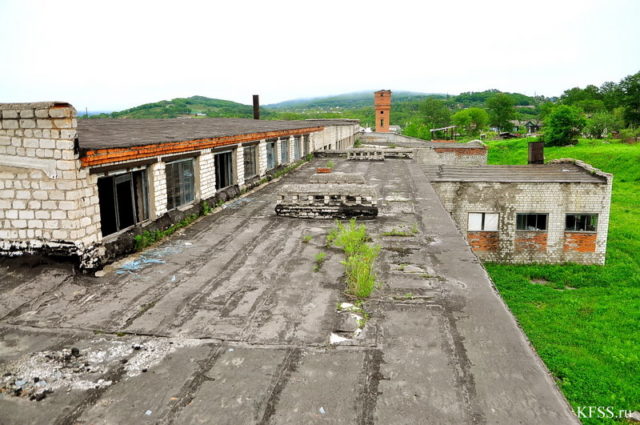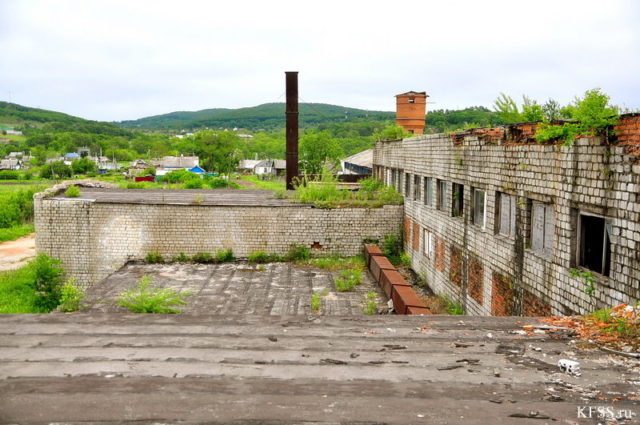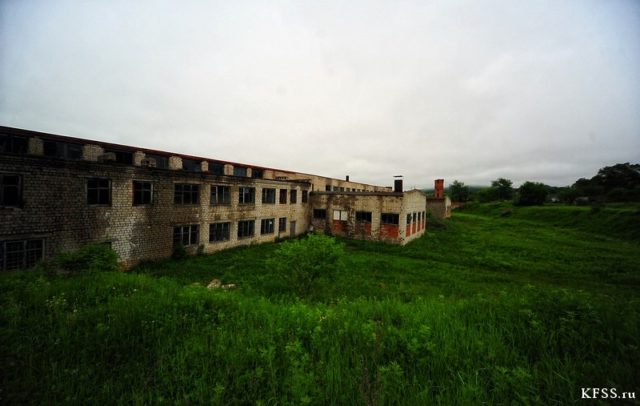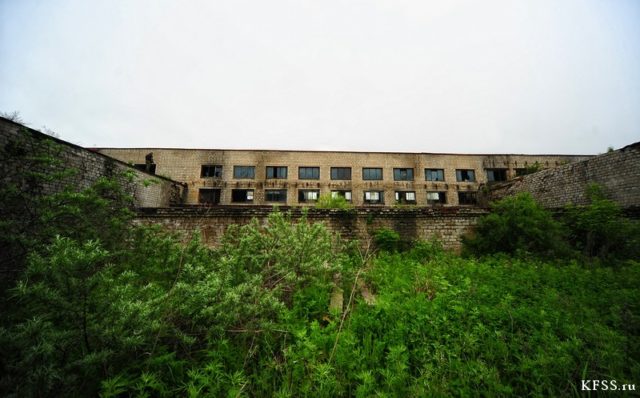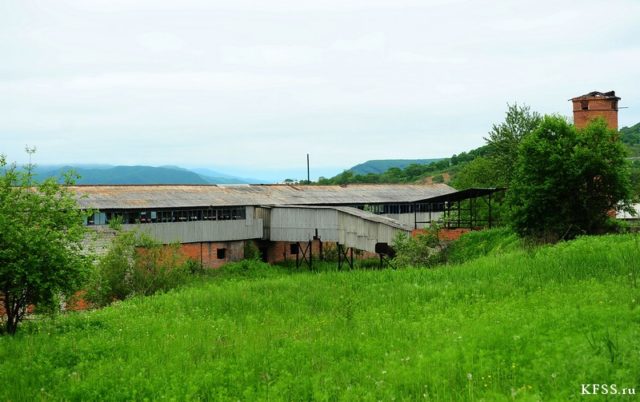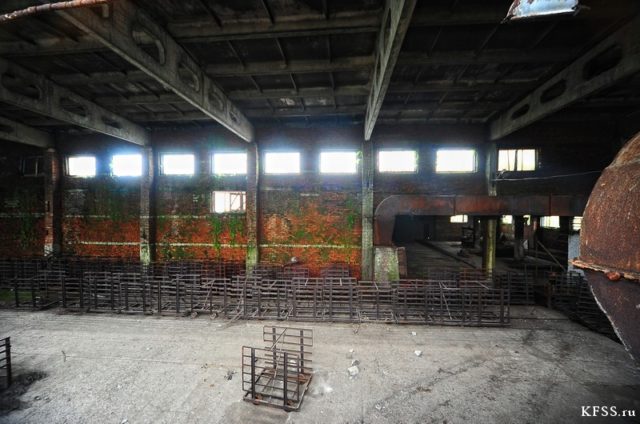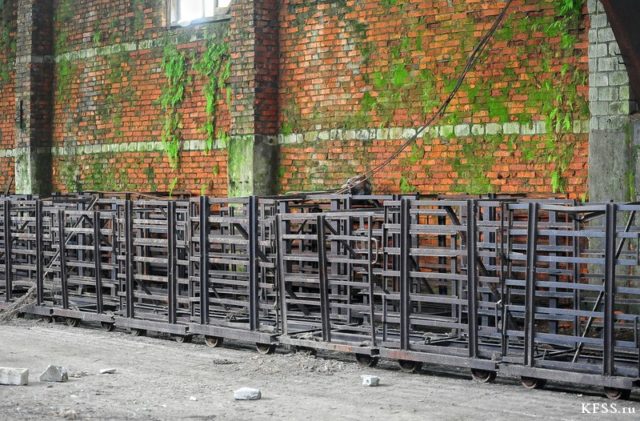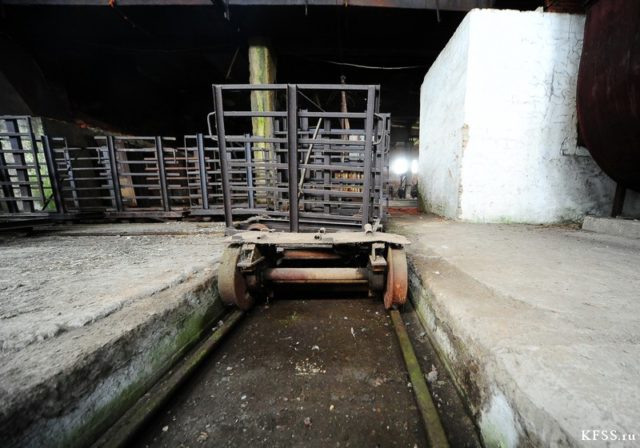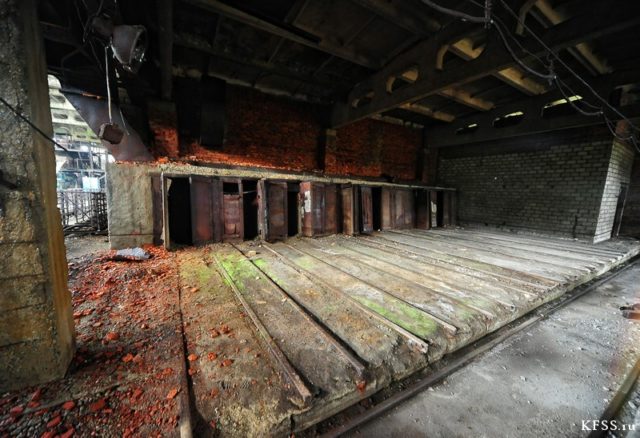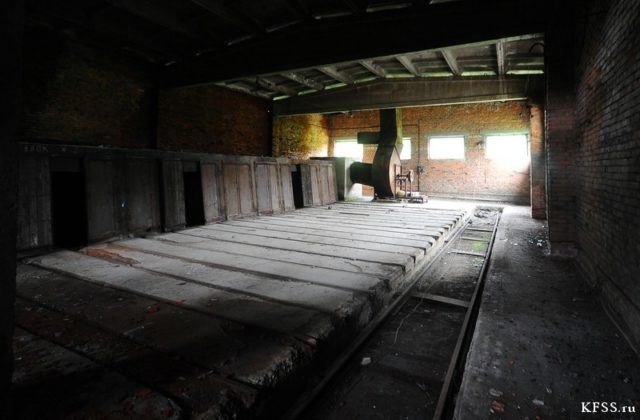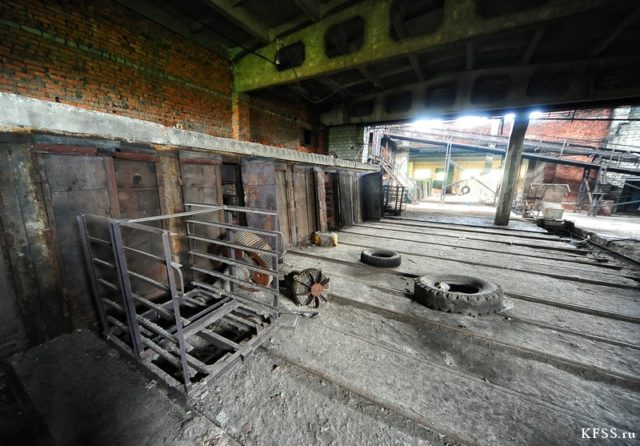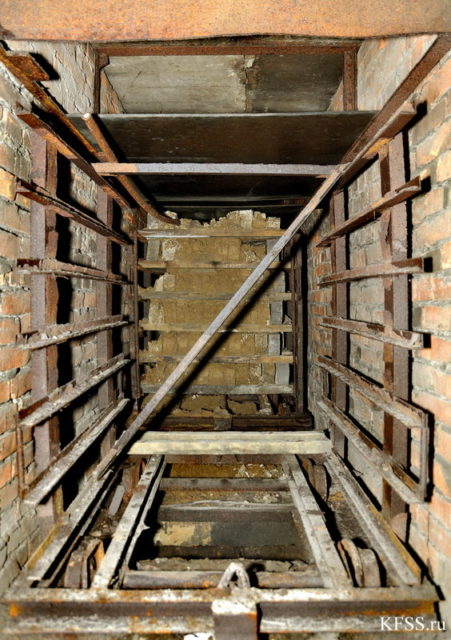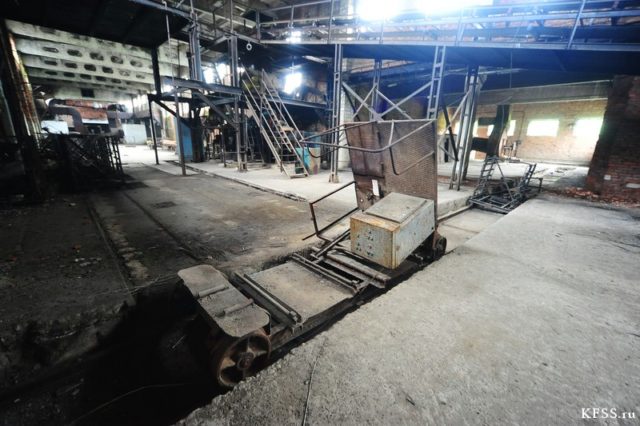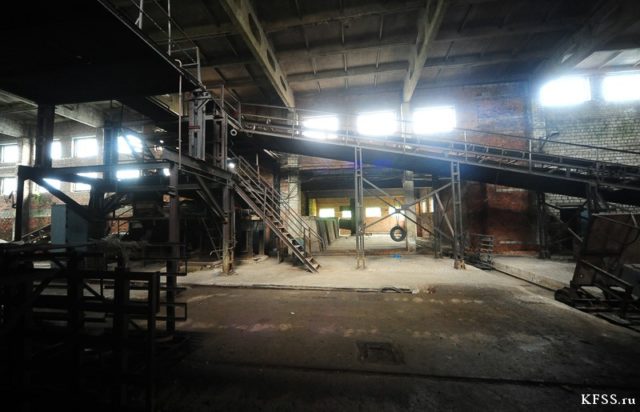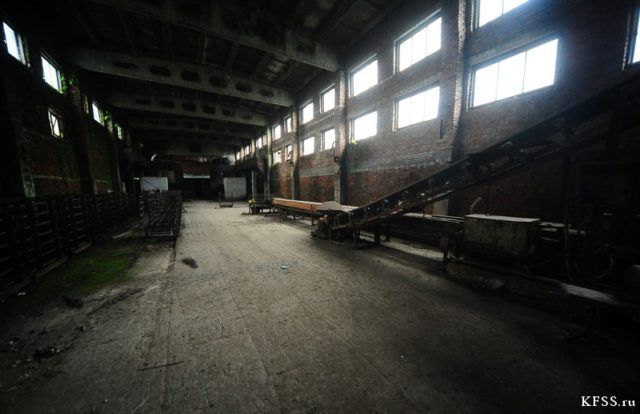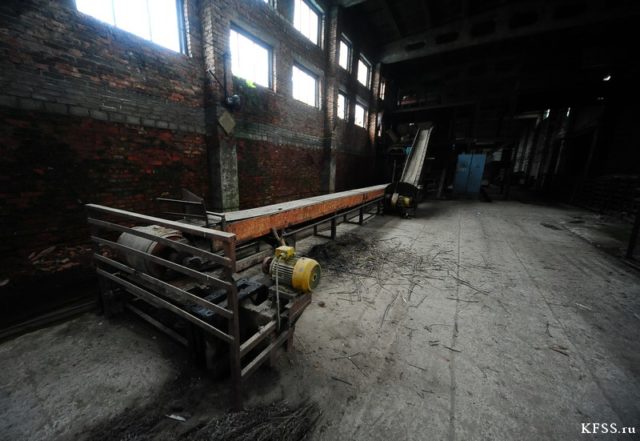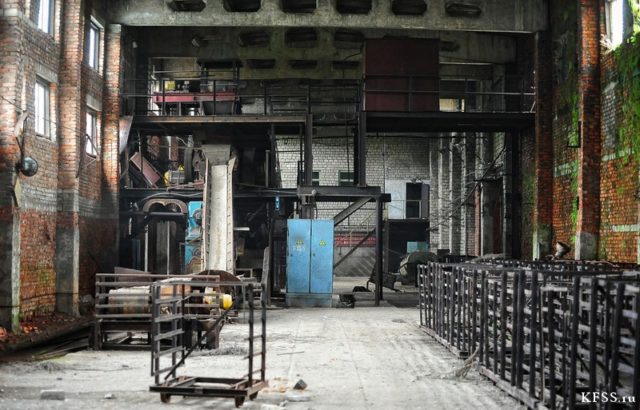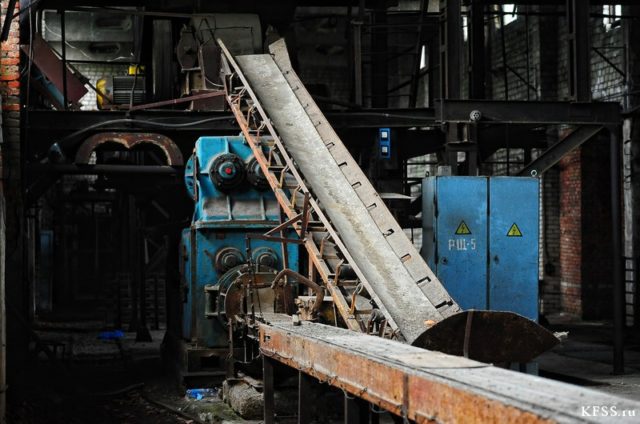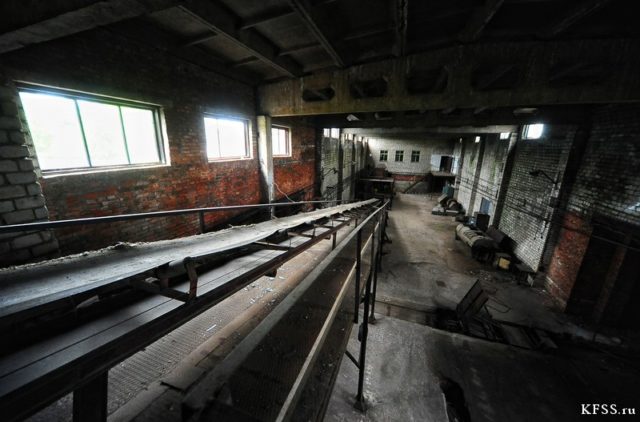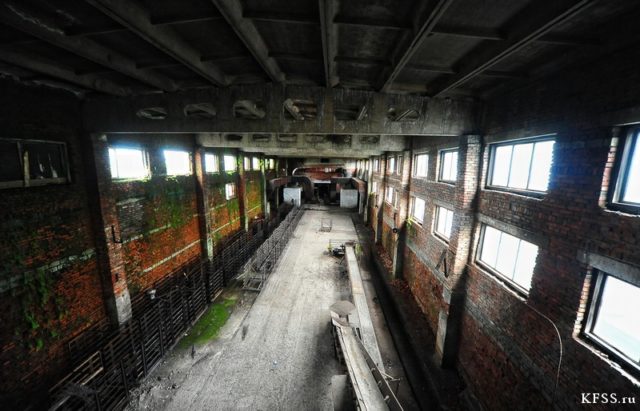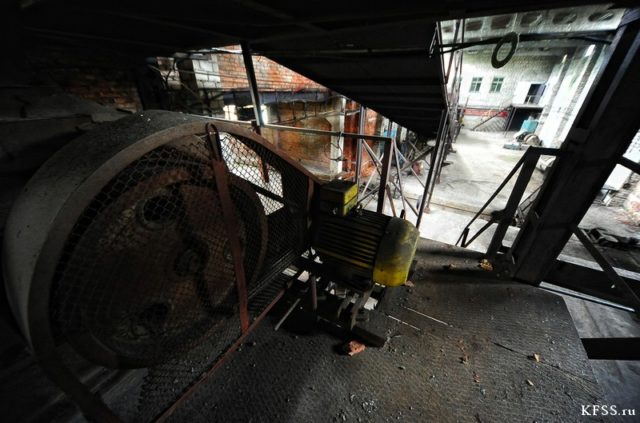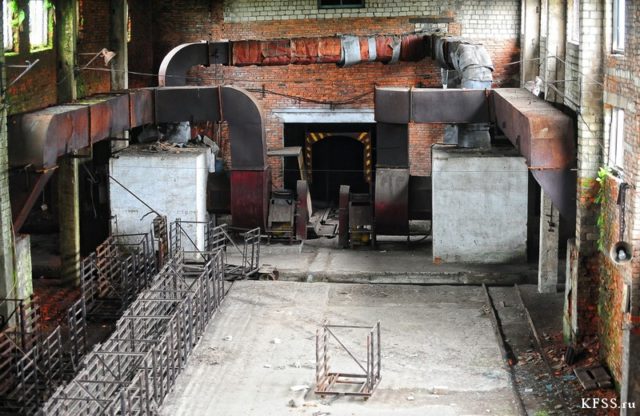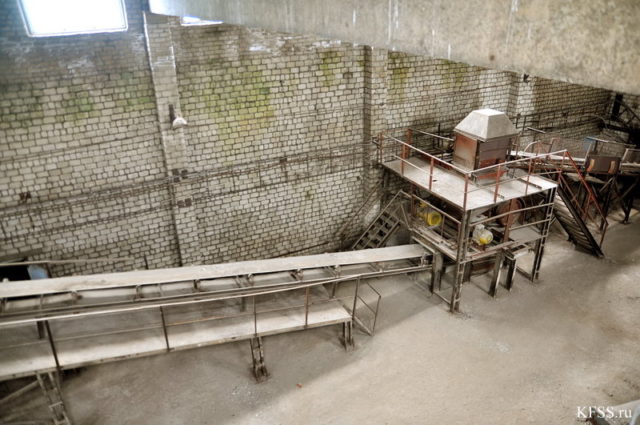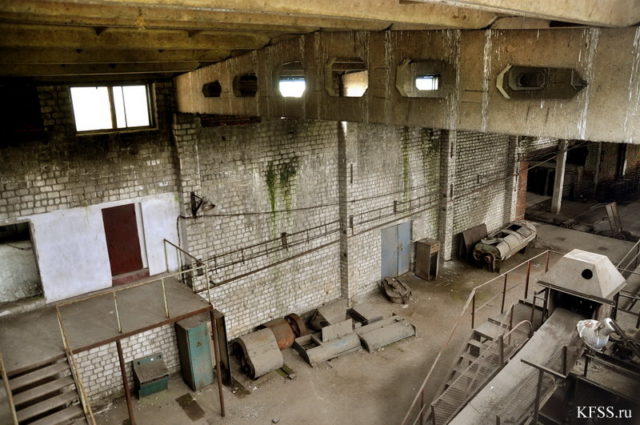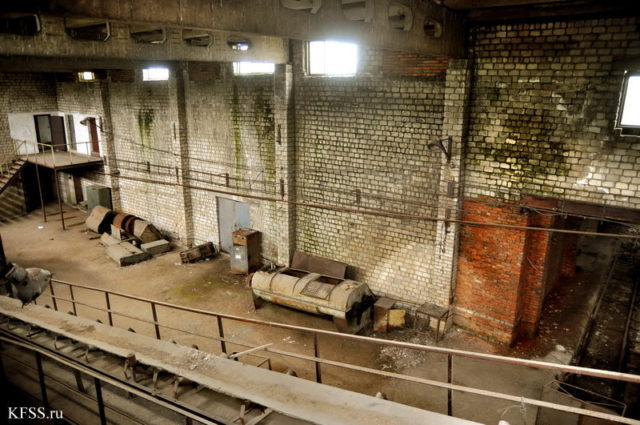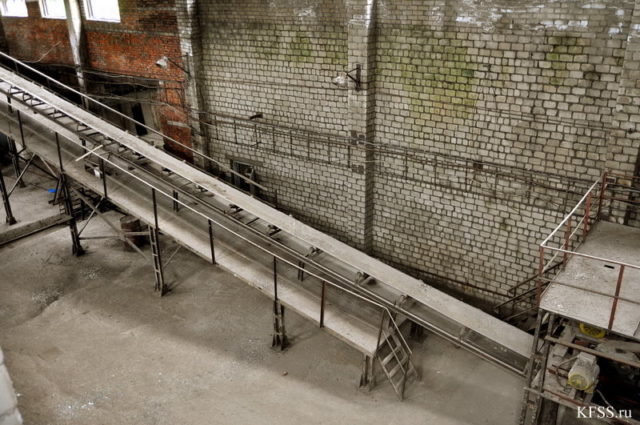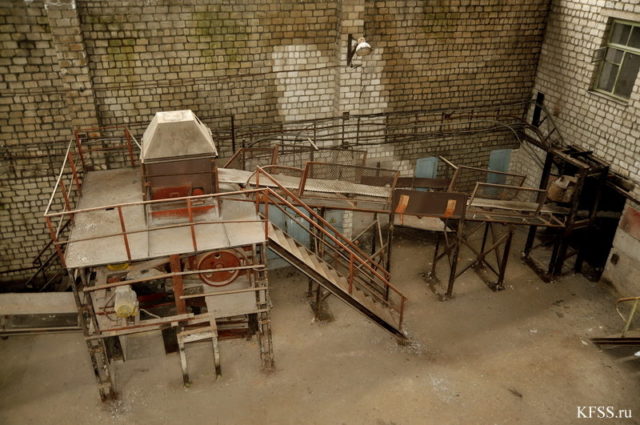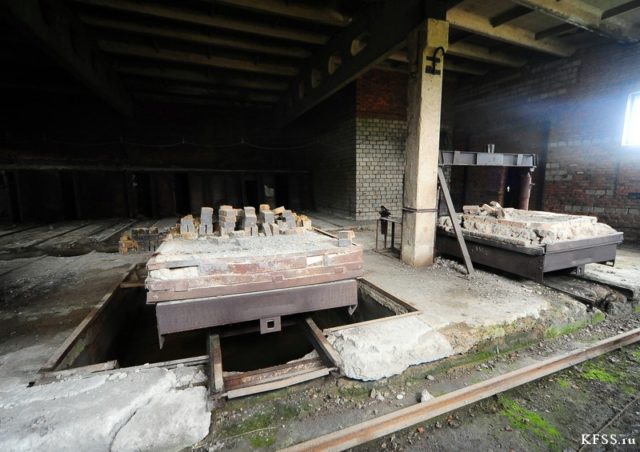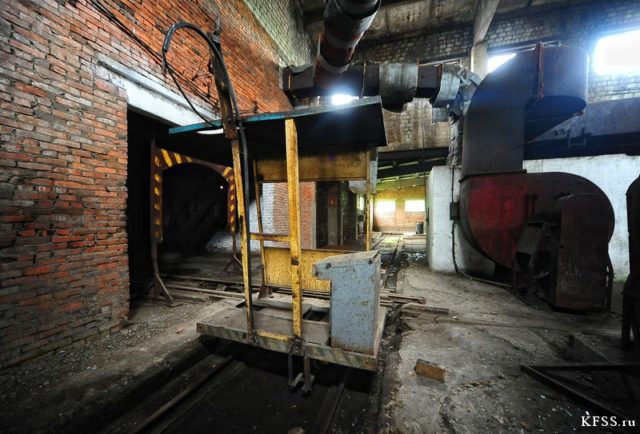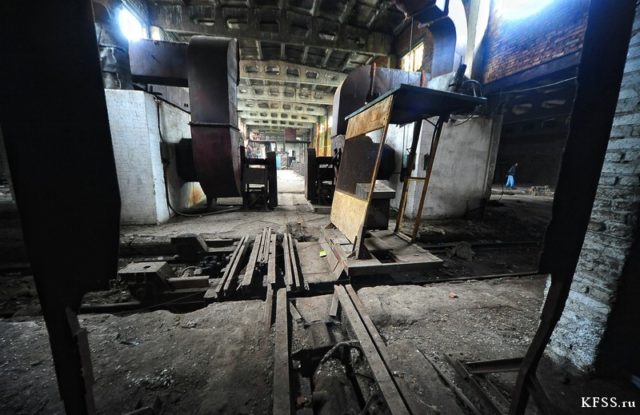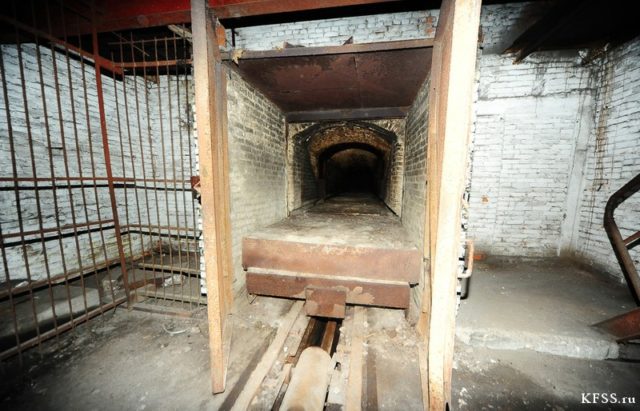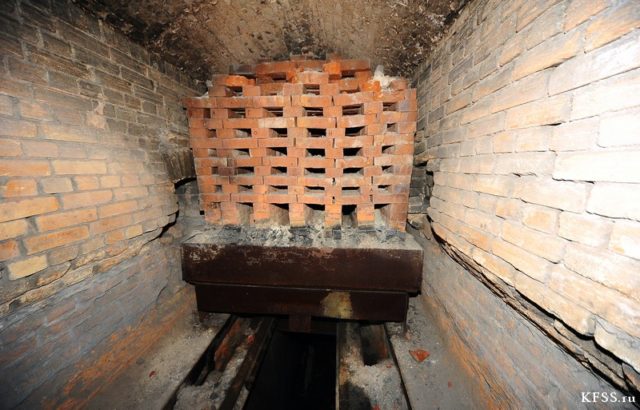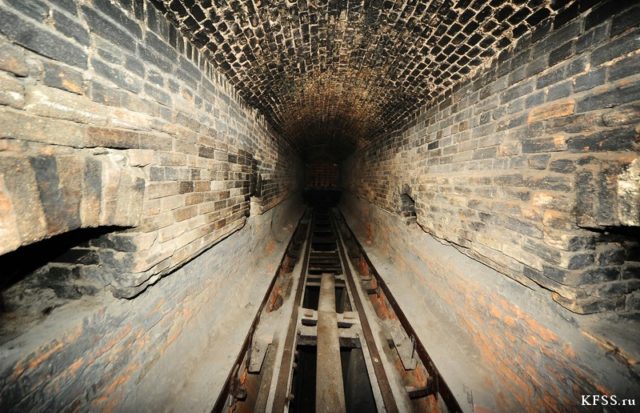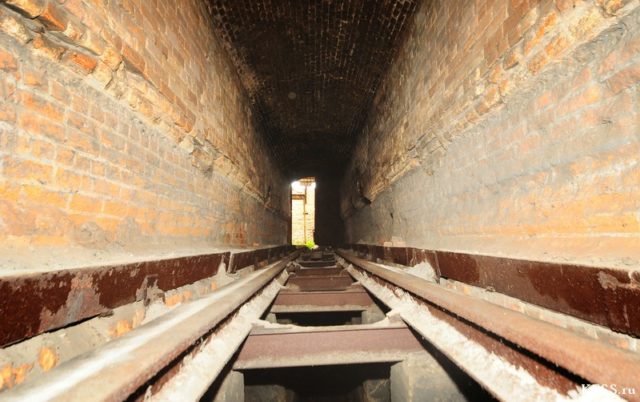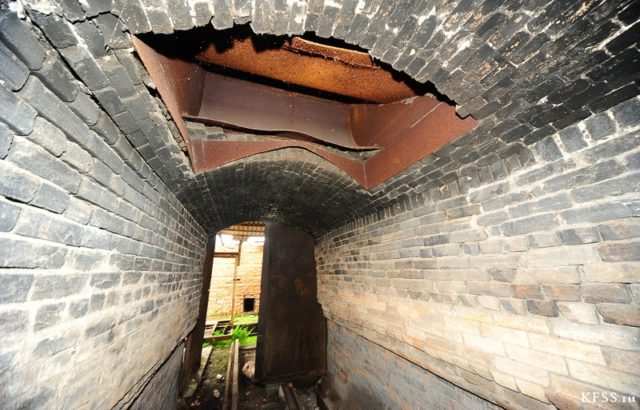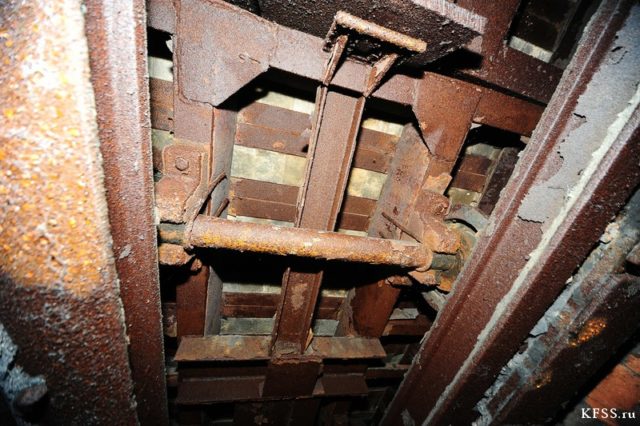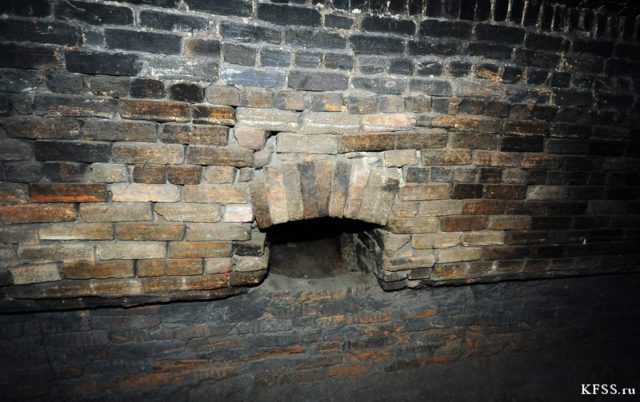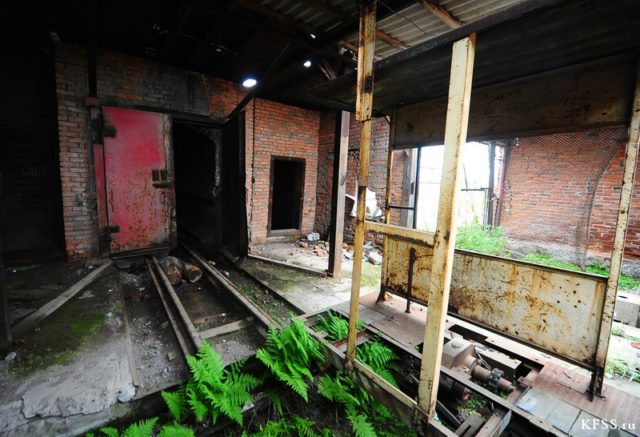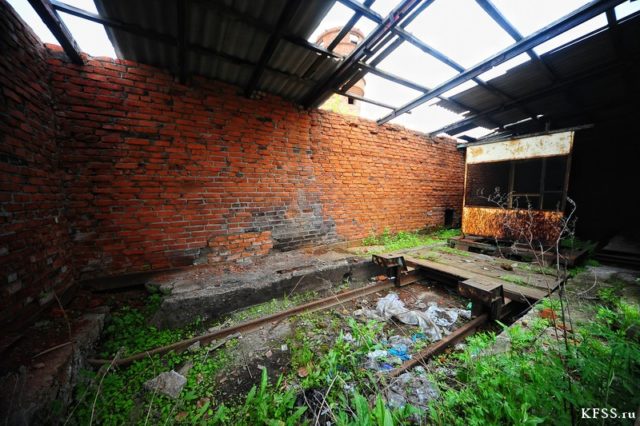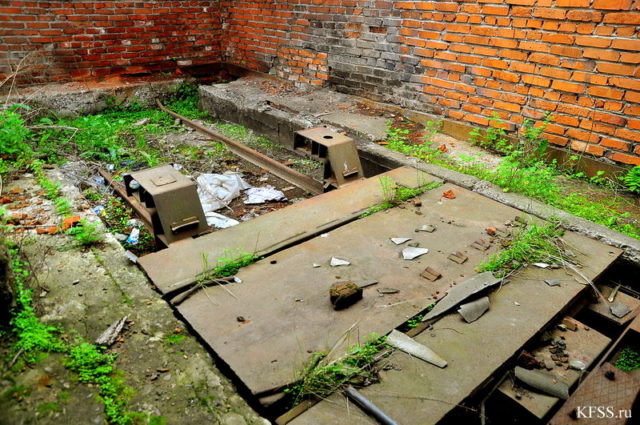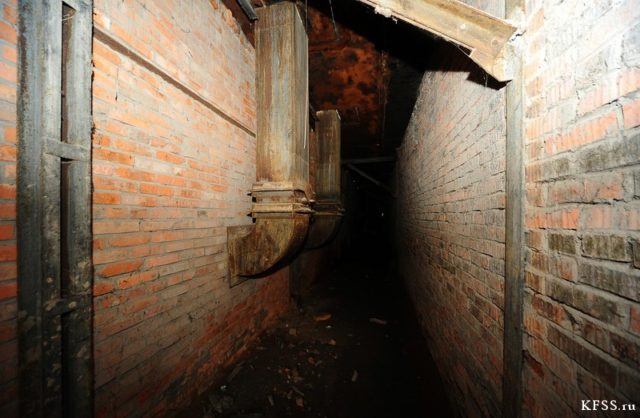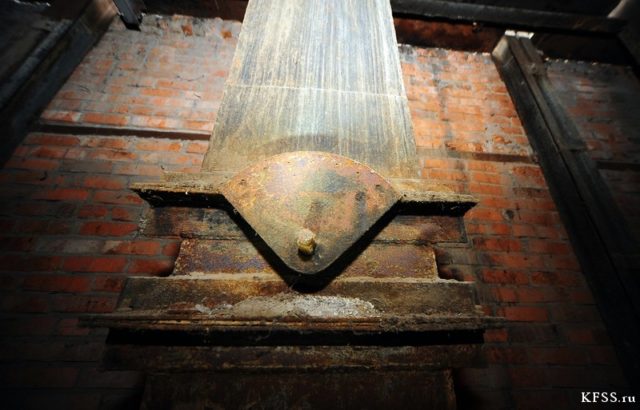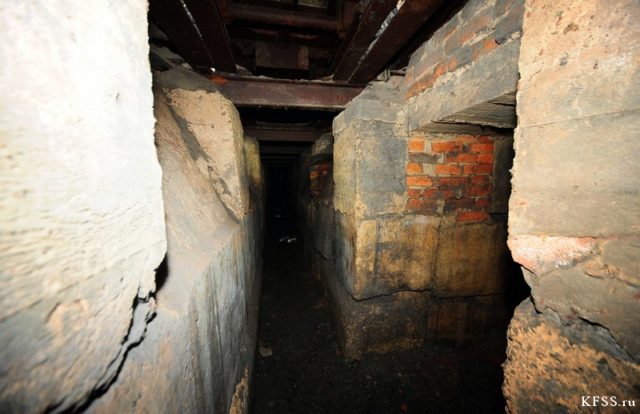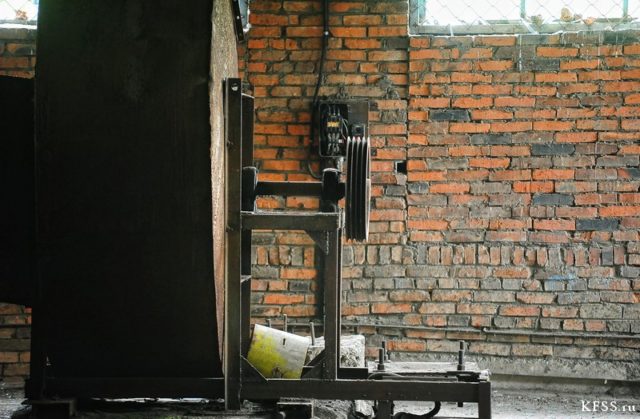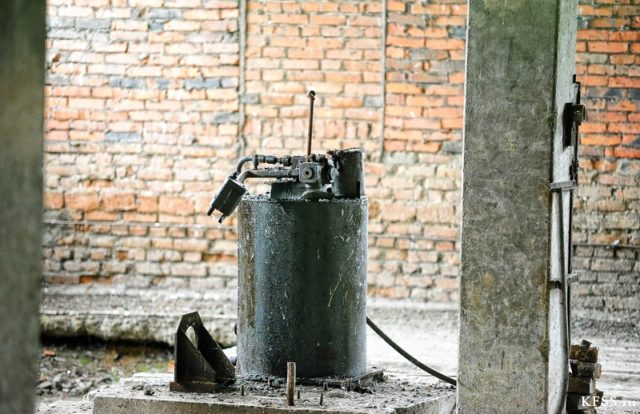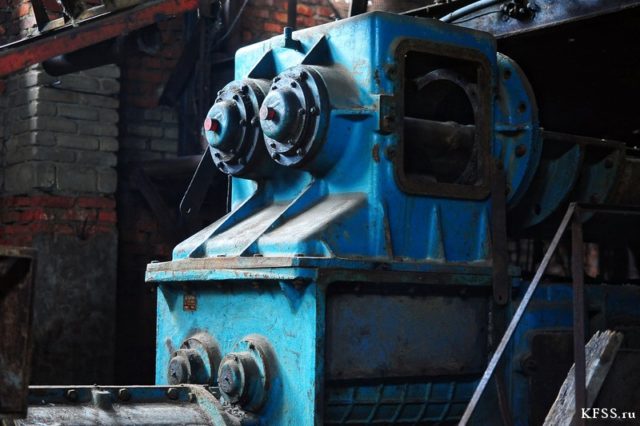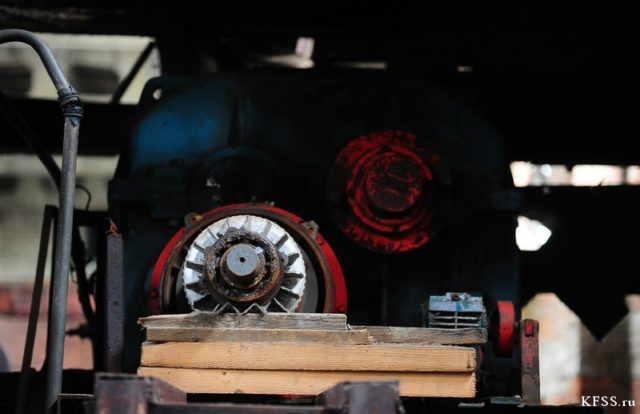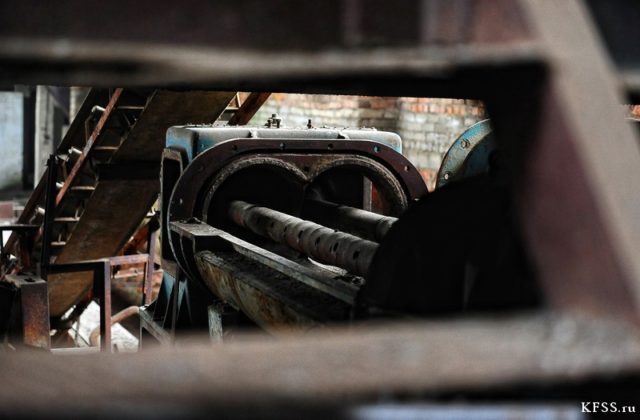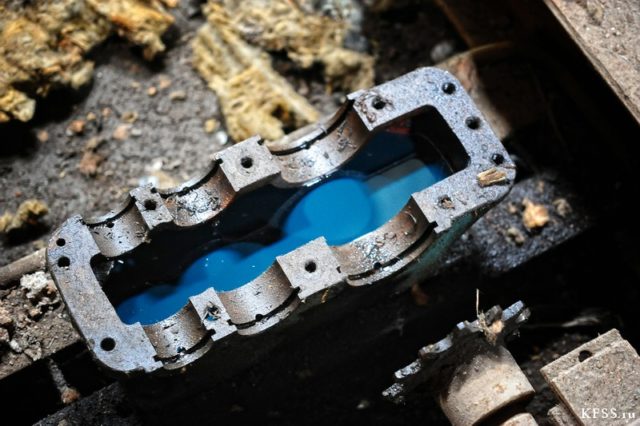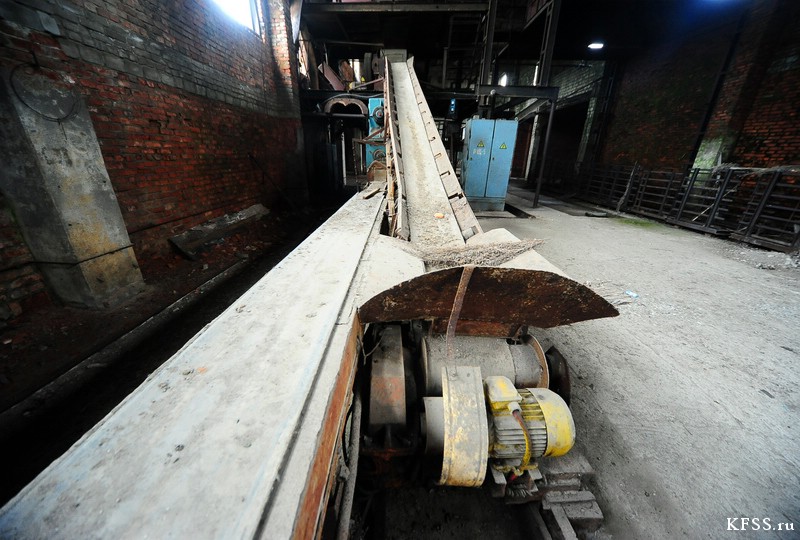The factory is located in the small urban-type settlement of Shkotovo on the shore of Ussuri Bay, Russia.
The whole complex consists of the main building, annexes, and a garage. The size of the site is impressive: the total area of the production complex (the main two-story building) is nearly 5,400 square feet.
Shkotovo was founded by peasants, soldiers, and marines in 1865. Back then, the population of the village was only 35 people. As entrepreneurship in the region began to grow at the end of the 19th century, the settlement grew with it. In 1897, the total population surpassed 500 people.
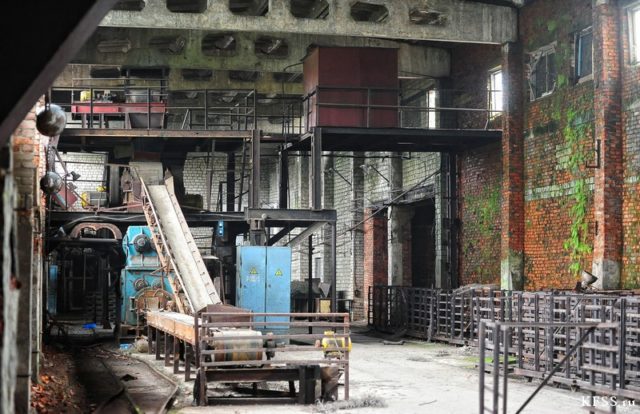
One of the most famous and influential entrepreneurs of Shkotovo was Mikhail Pashkeev. He constructed several buildings and built a lumber mill. After the Russo-Japanese War, which started in February 1904 and ended in September 1905 with a Japanese victory, the military garrison at Shkotovo began to expand. This meant that new multi-story barracks, stables, and artillery grounds had to be built urgently.
Pashkeev received an order from the Ministry of War to construct the much-needed military facilities. While construction was underway, Pashkeev discovered deposits of clay suitable for the manufacture of bricks.
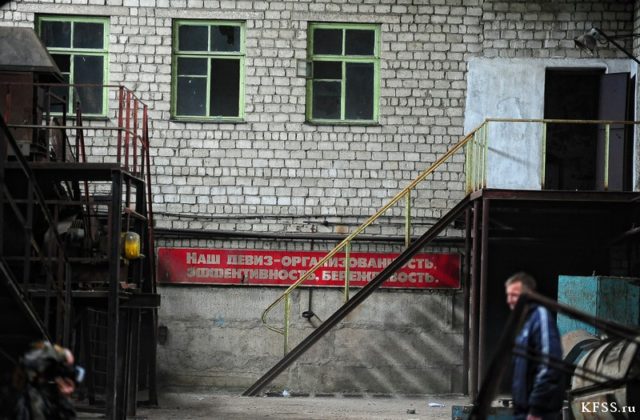
Pashkeev decided to set up a factory next to the clay deposits. A few kilns for drying and baking bricks were constructed, and thus the factory was born. Initially, the molding of bricks was done manually. The factory was constantly modernized, increasing the quality of the products.
In 1930, the plant was nationalized; Pashkeev was stripped of his property and dekulakized. The brick factory worked for more than half a century – helping the Soviets to build communism, literally.
During this time, nearly every brick building in Shkotovo was made out of bricks from this factory. The history of the plant during the years of the USSR cannot be traced. It is only known that it was numbered 104.
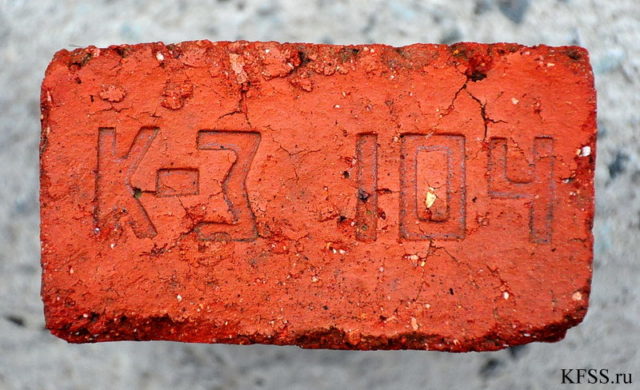
In the early 2000s, the plant stopped working. Now, it is privately owned, closed, and guarded. According to security at the site, the owner plans to restart production.
Thank you KFSS for the photos and information!
